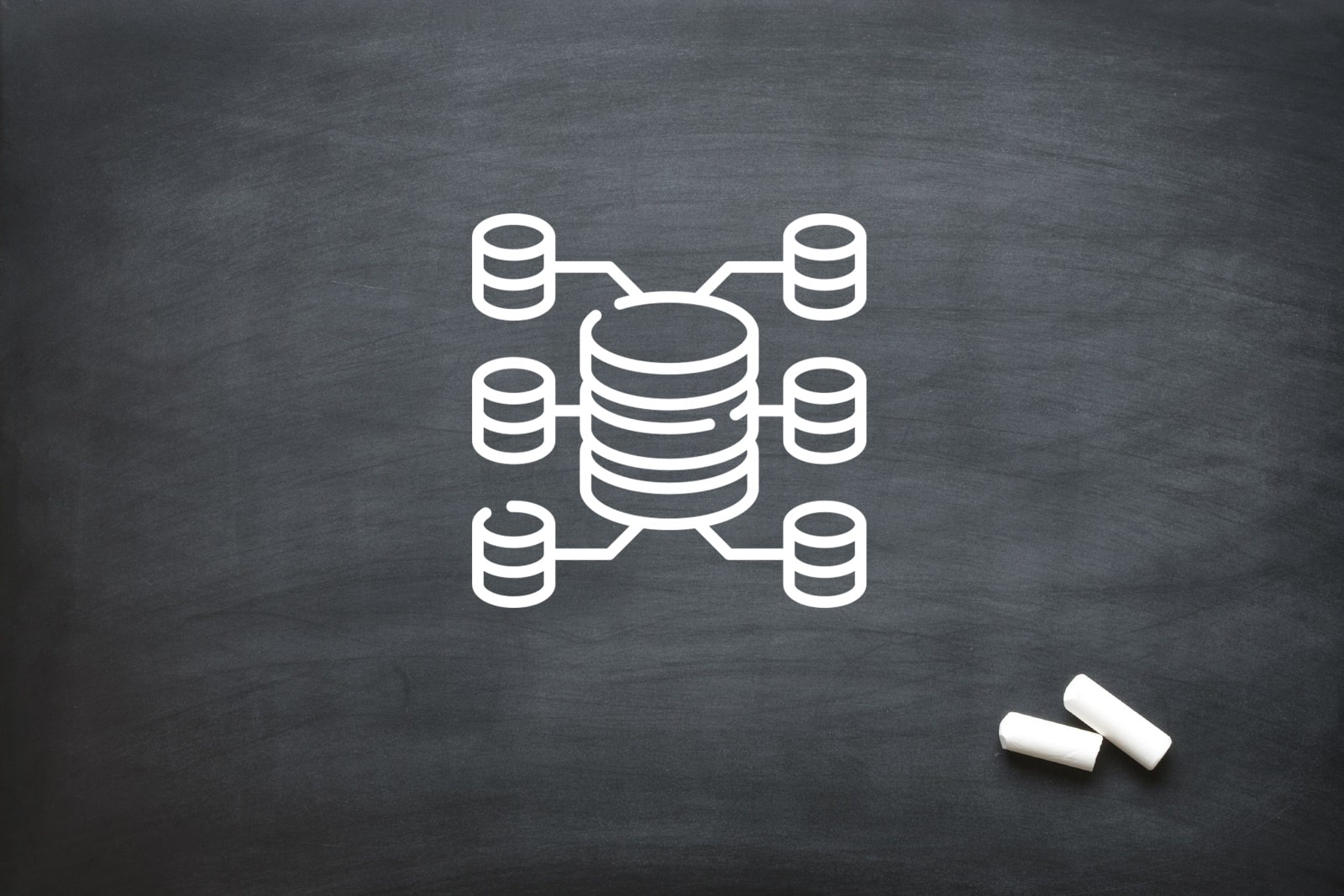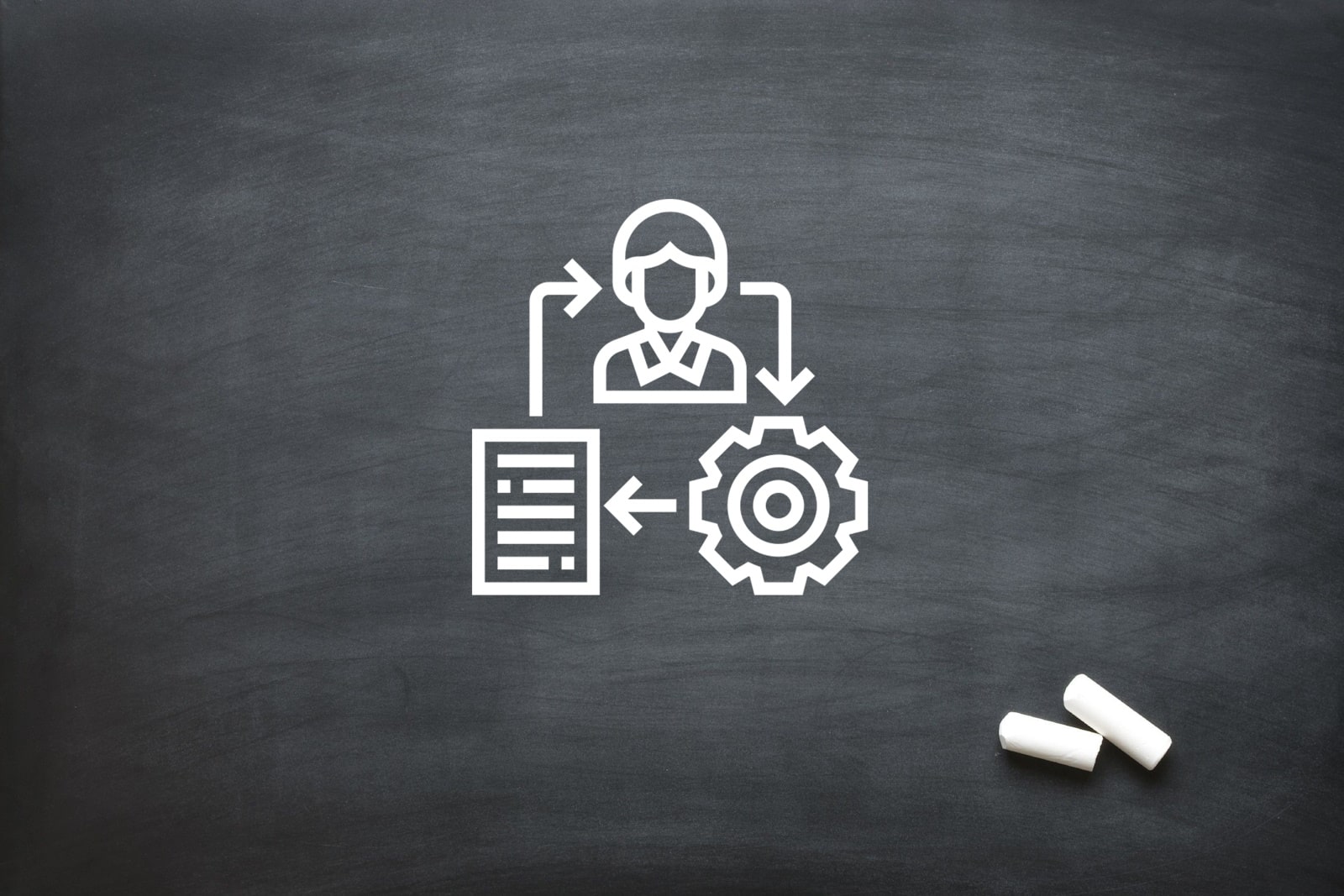
Data Warehousing and Reporting for LMS
The digital transformation of education has moved far beyond digitised textbooks and online quizzes. Today, institutions are sitting on a mountain of rich, untapped data within their learner management system. These systems track everything from student engagement and assessment outcomes to course completion trends and communication records. But having access to data isn’t the same as using it wisely. Without a well-designed data warehousing and reporting pipeline, valuable insights remain hidden in the noise.
Data is the new currency in education, and those who know how to capture, clean, and interpret it are reshaping how learners are supported. Whether your institution is focused on improving learner retention, increasing engagement, or informing policy decisions, a reliable data infrastructure can illuminate patterns and empower evidence-based action. A well-structured pipeline transforms your learner management system from a static repository into a dynamic driver of progress.
Data Sources in the Learner Management System
To build an effective reporting pipeline, you must first understand the nature and diversity of data generated within your learner management system. This includes user activity logs detailing login times, session durations and navigation paths. It also covers course assessments—ranging from automatically graded quizzes to manual assignments—alongside grading trends, feedback histories, and submission metadata.
Other critical data sources include discussion forum contributions, peer interaction records, and participation in optional learning modules. Metadata such as course structures, user roles, and enrolment status also play a key role in enriching analytics. Collectively, these datasets provide the raw material needed to analyse not just what learners are doing, but how, when, and why they engage. Capturing data from all these sources ensures your reporting doesn’t just scratch the surface—it tells a holistic story.
ETL Processes for LMS Data
ETL—Extract, Transform, Load—is the engine behind any modern data strategy. For a learner management system, it begins with extracting raw data through secure API calls or system-level log access. This includes periodic snapshots of learning activities, assessment attempts, enrolment records, and forum interactions. Extraction must be secure, reliable, and include timestamped data to enable accurate trend tracking.
Once data is extracted, the transformation phase standardises it. This includes normalising formats, resolving inconsistencies, tagging data with relevant context, and deriving useful metrics such as time spent per module or assessment performance over time. Finally, transformed data is loaded into a central warehouse where it can be queried and analysed efficiently. A successful ETL strategy ensures high data quality, supports long-term scalability, and enables advanced analytics that can directly influence learning outcomes.
Data Warehousing Models
The design of your data warehouse significantly impacts usability and performance. A star schema is often preferred for its simplicity—it structures data into fact tables (e.g., activity logs or assessment scores) linked to dimension tables (e.g., learners, courses, or time periods). This layout is intuitive and performs well with common LMS reporting queries, making it suitable for most institutions.
For more complex relationships, a snowflake schema offers deeper normalisation, improving data integrity and making it easier to maintain when dealing with institutional hierarchies or nested course structures. In contrast, a data lakehouse approach combines the flexibility of a data lake with the governance of a warehouse, enabling storage of raw LMS logs alongside structured academic records. Selecting the right model ensures your warehouse serves both technical teams and decision-makers effectively.
Real-Time Versus Batch Processing
Determining the right data ingestion cadence is key to maintaining responsive analytics. Batch processing remains popular, especially for end-of-day or end-of-week summaries that don’t require immediate updates. It is resource-efficient and suits scenarios like generating academic performance reports or historical trend dashboards from your learner management system.
On the other hand, real-time processing allows for live dashboards and immediate alerts. This is particularly valuable for identifying at-risk learners based on inactivity or missed submissions, enabling timely intervention. While real-time streaming demands more sophisticated infrastructure, its ability to offer minute-by-minute insights is a game-changer in dynamic learning environments. Many institutions find success with a hybrid model—using batch for historical views and real-time for operational monitoring.
Integrating Reporting Tools
Once data resides in the warehouse, visualisation becomes the bridge between information and action. Effective reporting interfaces should simplify the complexity of learner data, making it accessible to educators, administrators, and institutional leaders. Reports can visualise trends in learner engagement, assessment outcomes, and course completion rates—all extracted from the learner management system.
The key to successful integration is building semantic layers or curated views that abstract the underlying complexity of raw data. These views can aggregate key metrics and provide pre-calculated figures, reducing query load and improving performance. Designing these interfaces with user needs in mind ensures the analytics are not only available but truly usable.
Learning Analytics Dashboards
Dashboards are the heartbeat of any learning analytics strategy. They translate static rows of data into meaningful visualisations that tell the story of student journeys. A well-crafted dashboard draws from the learner management system to display KPIs such as course completion rates, average engagement time, forum participation, and academic progress.
Customisation is crucial—allowing different stakeholders to drill down by course, cohort, demographic, or time frame. For instance, educators might focus on assignment completion trends while administrators monitor institution-wide retention. By aligning design with decision-making needs, dashboards become indispensable tools for improving learning pathways and institutional effectiveness.
Data Governance and Quality
High-quality data doesn’t happen by accident—it requires governance policies that ensure integrity, consistency, and compliance. Within a learner management system, this means standardising naming conventions, validating input formats, and monitoring for anomalies such as missing grades or duplicated records.
Governance also includes documenting data lineage and ensuring that access controls comply with regulations such as GDPR and FERPA. By investing in quality checks, documentation, and clear ownership structures, institutions build a data foundation that stakeholders can trust. This is essential not just for reporting accuracy, but for protecting learner data and institutional reputation.
Data Security and Access Control
With growing volumes of sensitive learner data flowing through your systems, robust security is non-negotiable. Data from a learner management system may include personal identifiers, academic performance, and communication records—all of which must be protected both in transit and at rest.
Implementing encryption protocols, securing API endpoints, and enforcing role-based access controls helps ensure only authorised personnel can access different data segments. Logging and auditing every data access event adds another layer of accountability. Strong security not only mitigates risk, it fosters confidence among users that their information is being handled responsibly.
APIs and Webhooks
To streamline and automate data transfers from the learner management system, institutions often rely on APIs and webhooks. APIs enable periodic pulling of structured data, such as assignment submissions or course enrolments, while webhooks push real-time events as they occur—ideal for triggering immediate updates or alerts.
Using APIs and webhooks reduces manual intervention, lowers latency, and supports event-driven architectures. This enhances the responsiveness of analytics dashboards and allows systems to react instantly to changes in learner behaviour. Properly implemented, these tools become critical infrastructure for maintaining a modern, scalable reporting pipeline.
Cloud Versus On-Premise Warehousing
Choosing between cloud and on-premise solutions has long-term implications for cost, performance, and scalability. Cloud platforms offer elastic storage, automatic updates, and on-demand compute power, making them attractive for institutions seeking flexibility. They also reduce internal IT burdens and support remote access, ideal for distributed teams.
On-premise systems, however, offer more control and may be preferable for institutions with strict data residency requirements or existing hardware investments. Hybrid models are also growing in popularity, blending the best of both worlds. Whether cloud or on-premise, your warehousing strategy should support long-term data growth and evolving analytics needs within your learner management system.
Scalability and Performance Optimisation
As data volumes grow, maintaining performance becomes a strategic priority. Techniques such as partitioning tables by date or course, indexing frequently queried columns, and optimising query logic all contribute to a more responsive system. This ensures your analytics tools continue to deliver insights without lag—even during peak usage.
Incremental loading processes, where only new or updated records are processed, help manage the size and complexity of data pipelines. Materialised views can further reduce load on the system by pre-computing and storing key metrics. A scalable infrastructure ensures your learner management system remains a future-proof source of intelligence.
Archiving and Historical Reporting
Beyond real-time dashboards, long-term archiving is essential for institutional memory and strategic planning. Storing historical data allows for year-on-year comparisons, cohort performance tracking, and curriculum evolution analysis. This is particularly relevant for compliance reporting and accreditation processes.
Archiving also helps manage data volume by offloading older records to lower-cost storage tiers. These archives can still be queried when needed, offering the best of both worlds: lean operational performance with deep historical insight. Structured archiving strategies make the most of your learner management system’s data lifecycle.
Interoperability with Learning Record Stores
A well-rounded data strategy often involves integrating your learner management system with external Learning Record Stores (LRS). These systems collect experiential and informal learning data—such as simulation exercises, workshops, or fieldwork—not typically captured by traditional LMS systems.
When LMS data is enriched with LRS inputs, the result is a 360-degree view of the learner. This expanded dataset supports advanced analytics and personalisation, aligning more closely with the evolving needs of modern education. Interoperability enhances the ability to measure outcomes that go beyond academic success.
A learner management system is only as powerful as the insights you can extract from it. By investing in structured data warehousing and reporting pipelines, institutions can unlock transformational learning analytics. From ETL and dashboard design to governance and scalability, every layer of the pipeline contributes to building a smarter, data-driven educational environment.
At Oliver Karstel Creative Agency, we specialise in designing intelligent data strategies tailored to your unique LMS environment. If you’re ready to elevate your learner analytics, contact us today to discover how we can support your vision.






